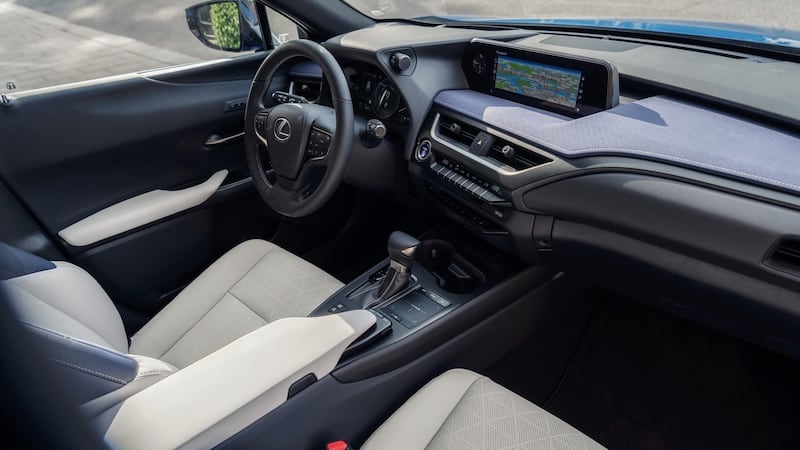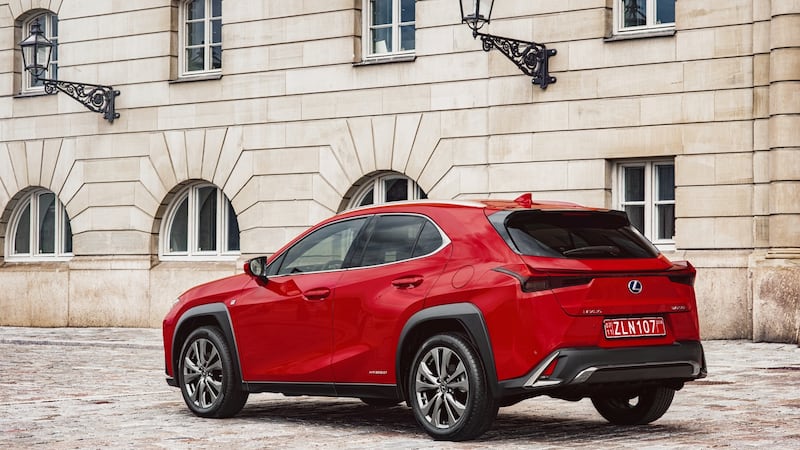Consider two consumer trends: smaller families and well-heeled empty-nesters and a crowded urbanised society where parking is at a premium. It was pretty evident to even the most mentally-challenged marketing student that there was a market for a compact car. The problem was that small cars were in general budget buys, affordable but grim. Many of the folks for whom downsizing made sense, couldn't countenance getting out of their Mondeo for a Fiesta, or their BMW 520d for a Fiat 500.
The Fiat is a good example of a car that came close to luring consumers to make the jump, a quasi-premium small car that was easy around town but could boast comfort features and styling appeal. Few were able to follow it though.
Ironically it is the tidal wave of SUVs that has saved the small car market. Somehow buyers who would not consider a hatchback are happy to opt for crossovers. And that’s even the case in the premium sector, where the idea of paying €30,000 for a small car seemed laughable five years ago, but where increasingly European buyers are seeing the benefits of smaller cars that don’t require any sacrifice when it comes to premium car features.
So we have seen the arrival of the Audi Q2, the BMW X1 and X2, the Mercedes-Benz GLA, Jaguar E-Pace and the Volvo XC40. Now comes the Lexus UX. Its biggest selling point is unquestionably its hybrid powertrain.
First impressions
While the UX matches rivals on price – starting at €39,000 – and premium fit and finish, the real talking point is the fact it is hybrid at a time when many new car buyers are turning away from diesel.

So what's it like? First impressions from behind the wheel is that this is the best suburban hybrid Lexus or Toyota has brought to market so far. The car is built on the same platform as the Toyota Prius and C-HR models, but it has underwent major revisions, not least the use of the all-new larger engine.
Opting for an all-new 2-litre petrol engine instead of the 1.8-litre in the Toyotas has really delivered the power output and smoothness that was missing on those cars. It seems well matched with the car's transmission. While the non-hybrid version that's not coming to Ireland gets a new D-CVT, this hybrid features the firm's continuously variable transmission, but mated with the 2-litre it works much more smoothly. Accelerating hard from a standing start no longer results in a tinny high-pitched whine from up front. It has none of the lag or whine that dents our fondness for the Toyota C-HR and makes us prefer the 1.2-litre petrol version of that car.
The only real issue with the UX’s driving performance is at high motorway speeds, where the engine noise starts to climb. At 120km/h its not a major issue, but if you were to stray much above that on a German autobahn you will start to sense that the UX wants to return to its natural suburban habitat.
The improved performance hasn’t come at a high price in terms of emissions or fuel economy. The Lexus UX claims an official emissions figure (under the new tougher NEDC cycle) of 96g/km, with a fuel economy of 4.1-litre per 100km (57.4 mpg). Those are not much higher than the Prius or C-HR hybrids.

Not only is the powertrain better, but the car’s low centre of gravity, a new more direct steering system – which forgoes rubber dampers – delivering far more feedback from the road, and an impressive suspension set-up, makes it one of the most engaging Lexus models on the market. This car is better to drive than the larger NX or the CT hatchback.
Flaws
For all that driving pleasure, it’s not without its flaws. The rear cabin is cramped, with all the focus clearly on the front two seats. In many ways it has the sort of legroom you’d expect in a sports coupe rather than a family crossover. Bootspace is also compromised by the battery pack under the floor, coming in at about 300 litres (underfloor stowage is still being adjusted for European models so a final official figure is still to be confirmed) making it more of a glorified parcel shelf and certainly not on a par with the average family hatchback.
There are several smaller foibles as well: the line of switches across the dash – reminiscent of those that feature in the Peugeot 3008 and 5008 – are plastic tags and don’t sit well amid an otherwise well-dressed premium cabin. On the outside, the option to adorn the wheel arches with black plastic
In truth, it needed to be, for this is a really tough market when it comes to driving fun. The BMW X2 is our favourite of the bunch, with the Volvo XC40 a very close second and the Audi Q2 right behind. First impressions of the Lexus UX suggest it is right in the mix, and with an ace card up its sleeve with the hybrid platform when it comes to the sales pitch.
There are fully-electric alternatives on the way from Jaguar and Volvo, but punitive pricing rules them out for most buyers. The UX offers a flavour of electric motoring at a price point in line with petrol and diesel rivals. That’s the lure. The high-end finish and the driving pleasure are what will get potential buyers to sign on the dotted line.










